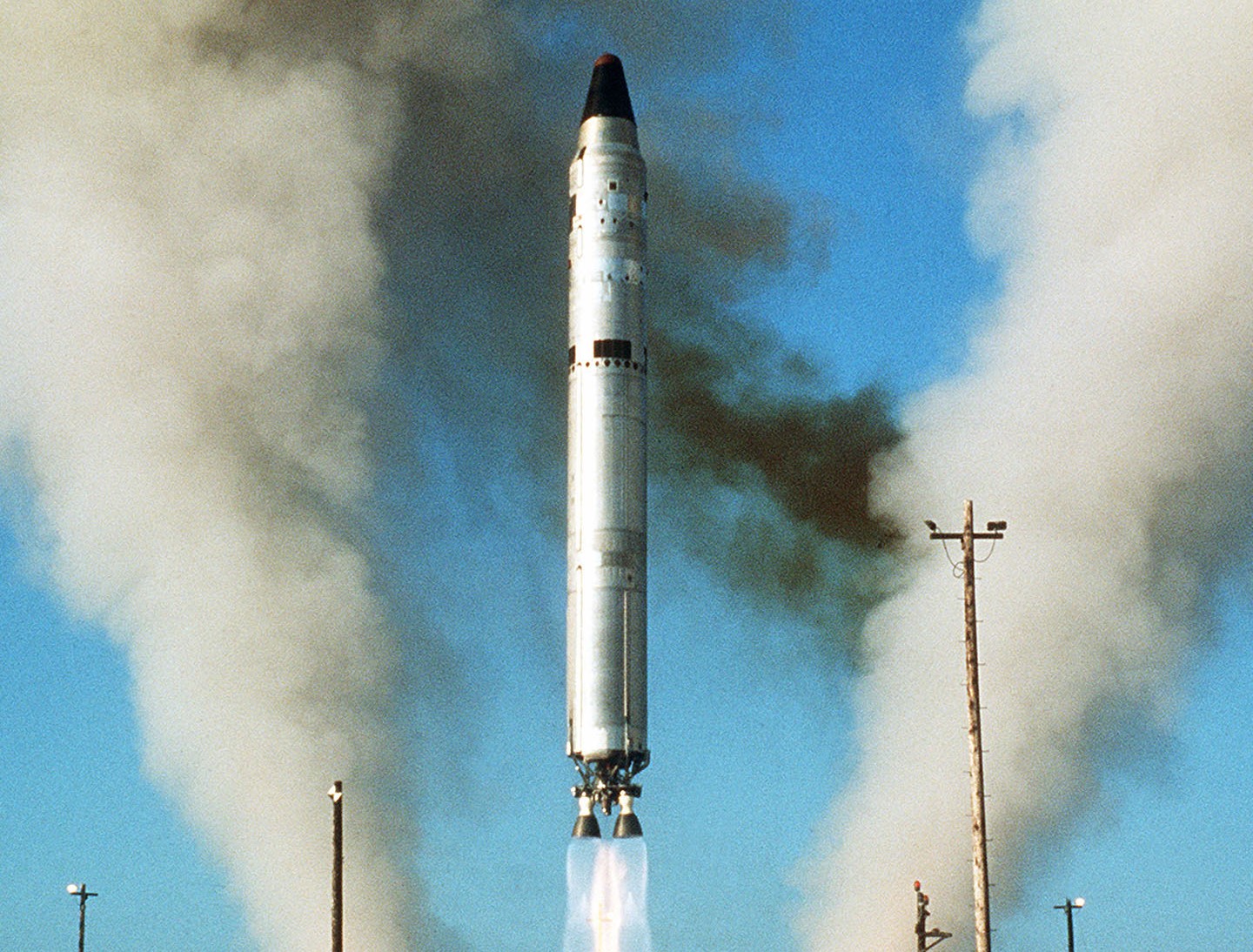Nestled in the arid landscape of southern Arizona, slightly less than 25 miles south of Tucson, lies one of the most extraordinary relics of the Cold War era, the Titan Missile Museum. Officially known as Air Force Facility Missile Site 8, this site is the only preserved Titan II intercontinental ballistic missile (ICBM) complex open to the public. It offers a rare and sobering glimpse into the United States’ nuclear deterrence strategy during one of the tensest and technologically advanced periods in modern history.
Origins and Strategic Purpose
The Titan Missile Museum was originally constructed in 1963 by the Ralph M. Parsons Company as part of the U.S. Air Force’s deployment of the Titan II missile system. The Titan II was the most powerful ICBM ever fielded by the United States, capable of delivering a 9-megaton thermonuclear warhead to targets more than 6,000 miles away in under 30 minutes. At the height of the Cold War, 54 Titan II missile sites were strategically positioned across the country, including 18 in southern Arizona, 18 in Arkansas, and 18 in Kansas.
Each site was designed to operate independently, with hardened underground facilities capable of withstanding a nearby nuclear blast. The missiles were kept on constant alert, ready to launch within 58 seconds of receiving a verified command. This rapid response capability was a cornerstone of the doctrine of Mutually Assured Destruction (MAD), which held that the threat of total annihilation would deter either superpower from initiating a nuclear conflict.
Life Underground: The Launch Complex
The Titan II launch complex was a marvel of engineering and a testament to the seriousness of the nuclear age. The facility consisted of three main areas: the launch control center, the equipment terminal, and the missile silo. All were buried deep underground and connected by reinforced tunnels. Access to the complex required passing through multiple security checkpoints and massive blast doors, each weighing over 6,000 pounds.
Inside the launch control center, a small crew of Air Force personnel worked in shifts around the clock, monitoring systems and conducting drills. The environment was austere and highly regimented, with every action governed by strict protocols. The missile itself stood in a 146-foot-deep silo, suspended on shock absorbers to protect it from seismic activity or nearby explosions. It was fueled with hypergolic propellants (chemicals that ignite on contact), making it extremely dangerous to handle but ideal for rapid launch.
Deactivation and Preservation
By the early 1980s, the strategic landscape had begun to shift. Advances in missile technology, changes in defense policy, and arms reduction agreements such as the Strategic Arms Limitation Talks (SALT) led to the gradual deactivation of the Titan II program. Between 1982 and 1987, all Titan II sites were dismantled, their silos destroyed or filled in to prevent reuse.
However, a group of volunteers from the nearby Pima Air & Space Museum recognized the historical significance of these sites and successfully petitioned to preserve one for public education. Missile Site 571-7 was spared demolition and transformed into the Titan Missile Museum. In 1992, it was added to the National Register of Historic Places, and in 1994, it was designated a National Historic Landmark.
The Museum Experience
Today, the Titan Missile Museum offers visitors a unique opportunity to step back in time and experience the tension and technology of the Cold War firsthand. Guided tours take guests deep into the underground complex, where they can explore the launch control center, stand beside the missile in its silo, and even simulate a launch sequence. The missile on display is inert, with a cutaway nose cone to demonstrate its decommissioned status.
Above ground, the museum features a range of exhibits that delve into the history of the Cold War, the development of missile technology, and the role of nuclear deterrence in global politics. Artifacts include original equipment, uniforms, technical manuals, and declassified documents. Educational programs, lectures, and special events further enrich the visitor experience, making the museum a valuable resource for students, historians, and curious minds alike.
Technological and Cultural Significance
The Titan II missile represented the pinnacle of Cold War weapons technology. At over 100 feet tall and weighing more than 150,000 pounds when fueled, it was the largest ICBM ever deployed by the United States. Its guidance system, propulsion, and warhead delivery capabilities were cutting-edge for their time, and its presence in the American arsenal played a critical role in maintaining strategic balance during a period of intense geopolitical rivalry.
Beyond its technological achievements, the Titan Missile Museum serves as a cultural touchstone. It embodies the fears, ambitions, and ethical dilemmas of an era when the fate of the world could hinge on a single command. The museum invites reflection on the consequences of war, the responsibilities of power, and the importance of diplomacy. It also highlights the resilience and dedication of the men and women who served in these facilities, often in isolation and under immense pressure.
A Living Legacy
The Titan Missile Museum is more than just a static exhibit. It’s a living legacy. By preserving this site, the museum ensures that future generations can learn from the past and appreciate the complexities of global security. It stands as a reminder that peace is not merely the absence of conflict but the result of vigilance, understanding, and cooperation.
Whether you’re a history buff, a technology enthusiast, or simply curious about the nuclear age, the Titan Missile Museum offers a compelling and educational experience. It bridges the gap between past and present, connecting visitors to a pivotal chapter in world history and encouraging thoughtful engagement with the challenges of our time.
